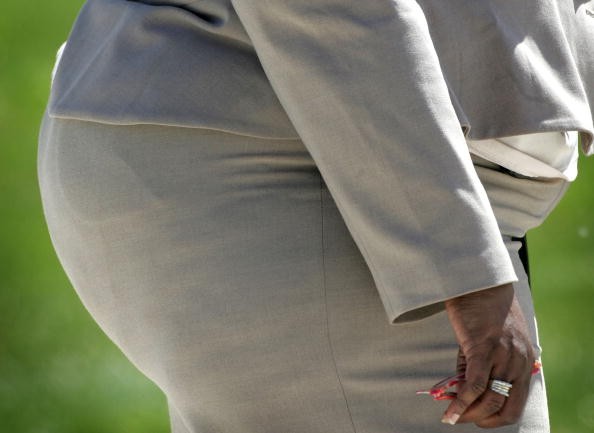
When it comes to fight against obesity in the United States, there's good news and bad news. The good news is that only five states showed a marked increase in the number of obesity cases. The bad news is that all the others have hardly any improvement.
According to the newly released State of Obesity Report by the Robert Wood Johnson Foundation and Trust for America's Health, the obesity rate has jumped high in the states of Minnesota, Kansas, New Mexico, Ohio, and Kansas, calling them the biggest gainers as of last year.
However, that's just a small fraction of the entire obesity picture. The report also said that three states have already registered more than 35% of adult obesity rate. These are West Virginia, Mississippi, and Arkansas. Most of the states are within 25% rate while the others are more than 30%. Not one of the states has fallen within 20% and below.
Meanwhile, the states of Colorado, Hawaii, Massachusetts, and California made it to the top 5 places with the lowest adult obesity rate, along with the District of Columbia.
With regard to states with the highest adult diabetes rate, West Virginia tops followed by Tennessee, Mississippi, Alabama, and Arkansas. Obesity and diabetes are often associated since it's believed that obesity, particularly central or abdominal obesity, can increase the risk of insulin resistance. This medical condition occurs when the body's cells, which need glucose to function, become less receptive of both the insulin, the hormone that transports the glucose. In the process, the glucose is retained in the bloodstream.
Although California has one of the lowest adult obesity cases, it ranks number one in childhood obesity among low-income individuals in 2011. Most of the obese high schoolers, meanwhile, are found in Kentucky, Arkansas, Alabama, and Tennessee.
When ethnicities are compared, whites fare well than Latinos and blacks with 40.7% and 10.1% considered obese, respectively.
Overall, at least 30% of adults and 17% of children are considered obese, which makes them susceptible to a wide range of serious health problems. Aside from possibly high health care costs, their life expectancy may be shorter than their parents, its official letter said.

